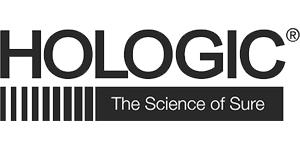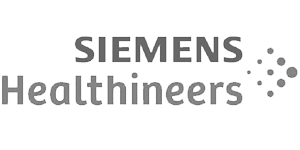Your Medical Imaging Equipment Partner
We help you buy, sell, and service imaging equipment worldwide.
What makes us different?
Your Success is our #1 Priority
We're focused on your goals because lives depend on it.
Project Coordination from Start to Finish
A dedicated project manager is here to serve from inspection to de-installation, crating, rigging, transport, importation support, and installation.
Buy with Confidence
Over 300 systems and 35,000 parts in stock, tested, validated, and ready to ship to your site.
I would recommend Block Imaging to anyone looking to procure refurbished imaging equipment from a company with experience, quality, knowledge, and integrity.
Amy G.
Corporate Purchasing Director
Some of the best communication I've had with anybody I've worked with. I'd recommend Block Imaging to anyone who needs service or to buy or sell equipment.
Ryan H.
Manager - Diagnostic Imaging Services
We would like to thank you all for a job VERY WELL DONE! …As a small business, we appreciate your dedication to customer satisfaction and white-glove service.
Christine W.
Office Manager
2 min read
4 Common C-Arm Problems and Solutions
Apr 24, 2024 by Matt Lenart
Equipment malfunctions are inevitable. Despite meticulous...
4 min read
Comparing GE Discovery PET/CT Scanners
Apr 22, 2024 by Josh Nunez
Not sure which GE Discovery Pet/CT is right for you? We’re...










